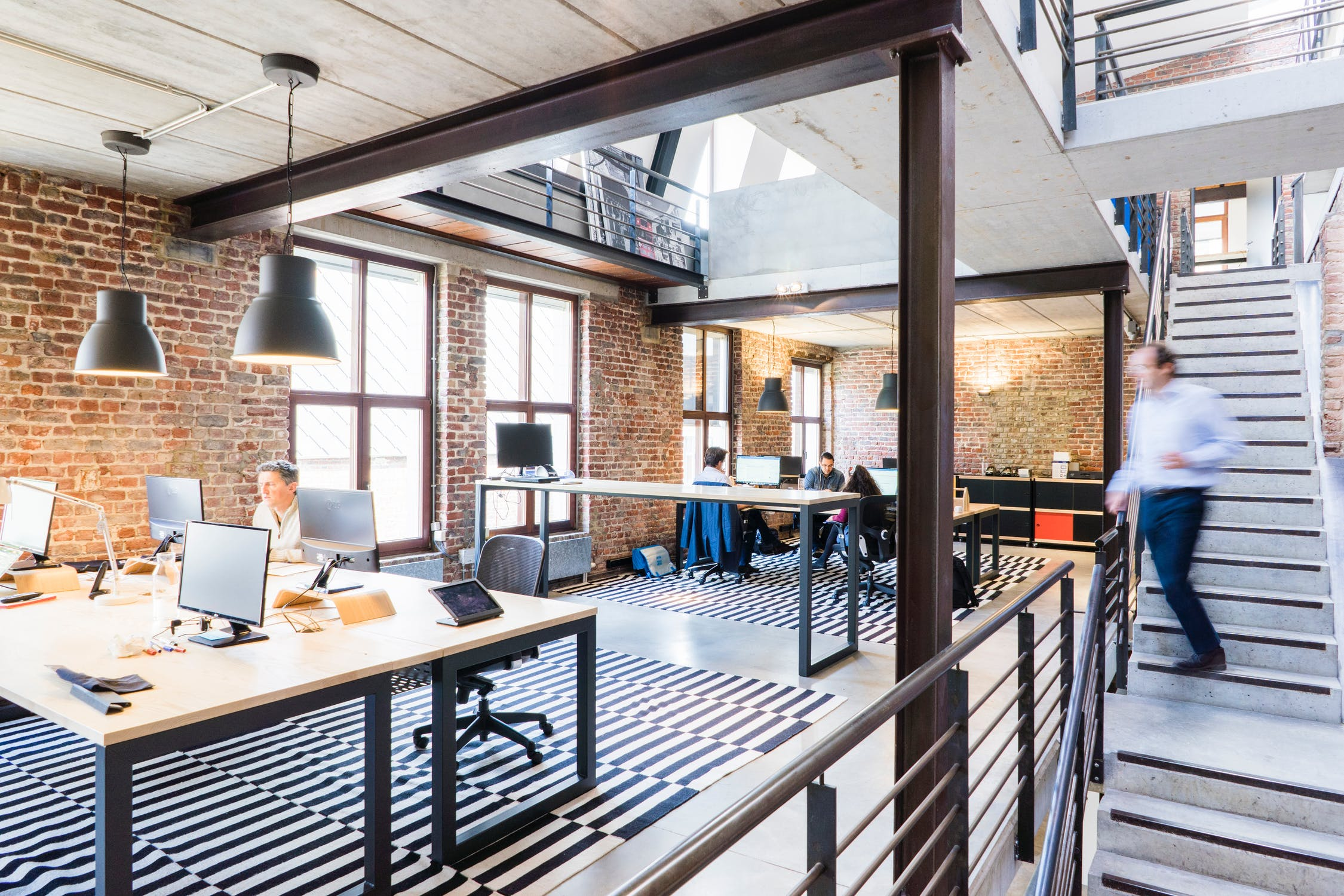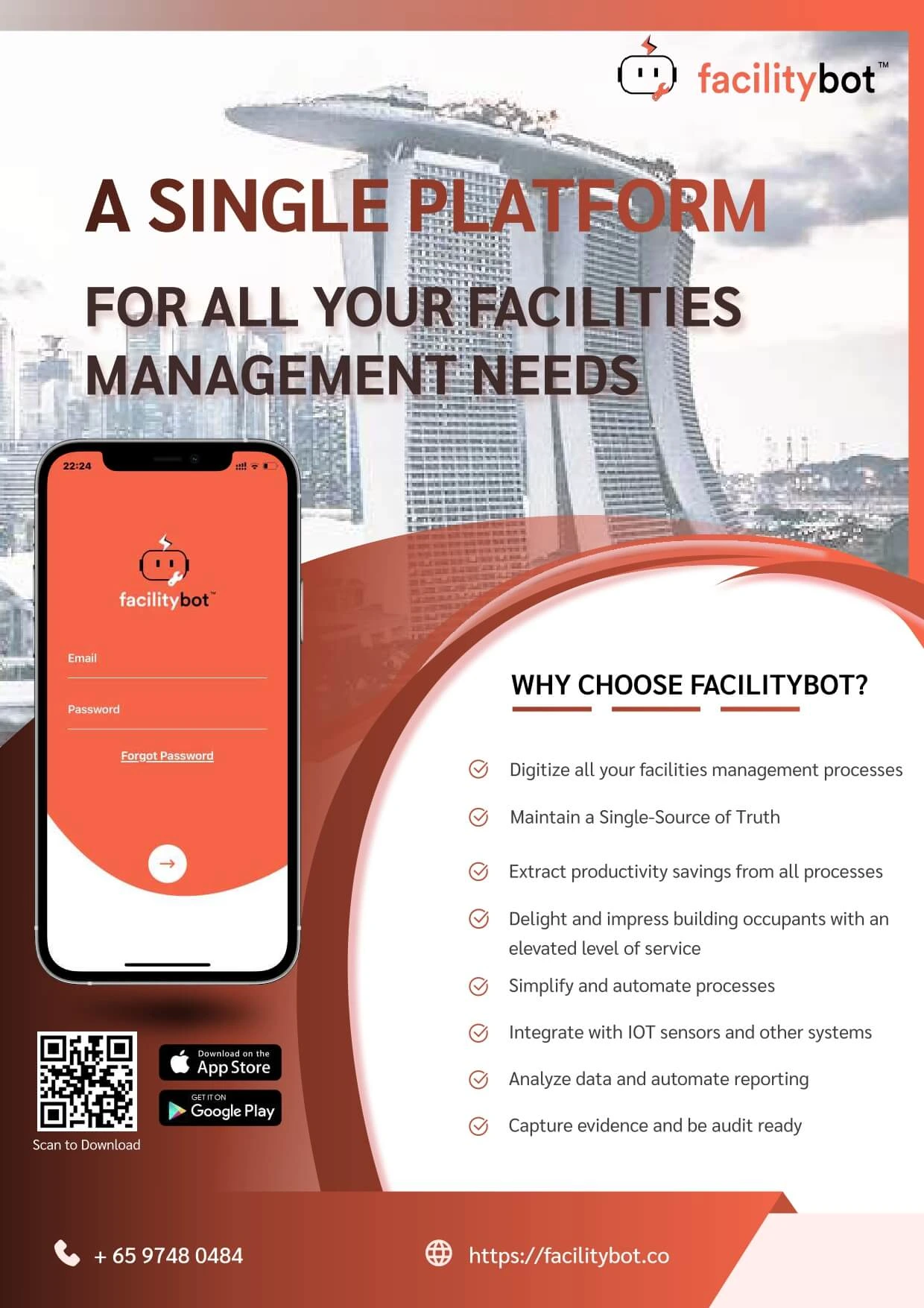Face-to-face operations are slowly returning following COVID-19 vaccination efforts, and for the first time in many months, people worldwide are starting to see the end of the lockdown tunnel. While we’re not entirely out of the woods yet, facility operators, building managers, and facilities managers are looking at how the new reality will affect facility management practices.
For one, we know that facilities management is still here to stay amidst rising work-from-home mandates from leadership. The far majority of companies still choose to have a physical base and keep a hybrid work structure. That said, the facilities management industry as a whole is projected to grow to $1,759.25 billion by 2028.
When taking a quick overview of facilities management trends and what developments custodians and facilities managers should look at, it looks like things are going to change quite rapidly in the next few years. Accordingly, we should start looking into how these changes will affect best practices. Here are 5 best practices that a modern facilities management team or personnel should follow.
1. Make adjustments for hybrid work environments
Today, 63% of high-growth companies are already starting to use a hybrid work structure. This trend is going to change the way facilities managers operate.
Some parts of the job will become much more accessible, such as keeping cleaning schedules and scheduling maintenance by pest control companies. But there will be parts of the operation that will meet some challenges. For one, adapting to technological advancements will accelerate in the next few years as people gain an increased appreciation for SaaS applications.
With all the changes that will occur, facilities managers should stay two steps ahead and proactively seek solutions to address and opportunities to maximize.
2. Keep a detailed log of maintenance activities
The big data movement made it possible to store loads of data on a cloud-based network with a facility management system. Accordingly, facilities can use software to log maintenance activities to use as decision aides or performance indicators.For instance, when overseeing landscapes and gardens, facility managers can use a log to note fertilizers used and see their effects on the plants. This way, companies can find the best products that will yield optimal results.
3. Make data-informed decisions
Maintaining a facility costs a company anywhere between $8,000 to $14,000 a year. With lowered facilities use, company leadership teams will start seeking out ways to lower that cost even further.
Simply applying software to the facilities management equation can already lower that cost by 5%. But using that software to track expenses and activities that are high expense and low impact will push the improvement curve even more.
Use data taken from facility management software to come up with facility management improvement ideas. Compare personnel work hours and outputs, and look at supplier lists and seek out the most cost-effective option.
Computerized maintenance management systems or CMMS can also provide data that will expose weak points in the operations manual that need improvement. Any scheduling issues, manning problems, or SOP-related mandates can now get bumped off with KPIs set by facilities managers ahead of time.
For instance, hotel facilities managers can put guest ratings reports side by side with staffing schedules and see which housekeepers provide the most customer-satisfactory services.
4. Automate repetitive administrative tasks
On top of giving more illumination to manual facilities management work, facilities managers should look into using a computerized maintenance management system. Shifting to these solutions can help automate many administrative tasks such as notifying staff of schedules, setting alerts for maintenance schedule reminders, checking stocks on repair and maintenance supplies, and more.
The more that facilities management tools will improve, the more automation will arise to help remove administrative workload from facilities managers so they can focus on other key tasks.
5. Prepare facilities manager for a digital future
Anyone who wants to enter a facilities management job should start looking into the future technologies in their industry. The best online bachelor construction management degree is best paired with an understanding of facilities management tools from different vendors. This knowledge will be a great plus when applying for jobs in the future.
For any existing facilities managers, it’s best to start learning these tools lest you get replaced or surpassed by people who take the time to learn these tools. Digital is the future of the facilities management industry, much like many other industries and sectors. There’s no fighting this big shift.
Find the Best Tool for Your Context
There are types of facility management tools available. And each of them has their own sets of unique value sets. So check all your possible options and weigh which one fits your company’s context based on necessary features, ease of use, and pricing on top of other variables.




